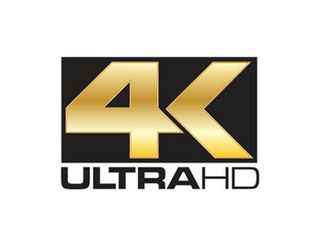The 4K Picture Gets Clearer for Cable

The curtain is finally raising in the U.S. for 4K/High Dynamic Range (HDR). While Hollywood has been mastering an increasing amount of programming in HDR, and Amazon, Netflix and DirecTV have been successfully delivering UHD content, we are now starting to see cable operators taking the plunge.
We knew this day would arrive. Vivicast Media launched into licensing 4K/HDR content more than four years ago, just as the dramatic 4K and 8K picture quality started to capture the industry’s attention. Key technology challenges have now been or are on the way to being successfully addressed — including the ability to compress adequate bandwidth required to deliver the signal into the home — just as HDR/UHD-ready TV sets and HDR/UHD content and delivery are finally catching up with one another.
Once 4K set-tops are more readily available, the landscape looks (literally) picture perfect.
At the same time, recent months have seen an encouraging evolution in 4K/HDR thinking by cable and IPTV operators who are beginning to trial and test 4K channels, responding to the increasingly vocal demands of subscribers.
Two forward-thinking cable systems — Marquette-Adams of Oxford, Wis., and Highlands Cable Group of Highlands, N.C. — are giving the industry a glimpse into the future of 4K/UHD. While these systems may be small in scope, they loom large for pioneering UHD and HDR into the home. As a result of their historic “proof of performance,” we are seeing an acceleration of UHD delivery to homes nationwide.
The set-top box still continues to be the largest barrier to entry for cable operators of all sizes. Although set-top manufacturers have begun in earnest to integrate the 4K chipset, we are unlikely to see these readily available in the market until later this year. Still, several of the large tier-2 operators have decided not to wait any longer and are actively pursuing either alternative STBs or have designed their own 4K compatible set-tops to meet rising subscriber demand.
Factors contributing to the inevitability of UHD in the US include:
• The sheer number of UHD TVs currently sold in the U.S. is rising. The sales rate of UHD TVs is about five times faster than the move from SD to HD, and the new technology is encouraging consumers to seek out UHD content.
• There are more dedicated 4K and HDR channels and content. Cable and IPTV operators interested in 4K channels want more than just one or two — and they are getting their wish. Vivicast media alone represents seven of the full-time 4K/UHD channels, targeting the full cross-section of core demographics.
• Viewer awareness is growing. HDR is fast transforming among consumers from a fascination to demand. Subscribers are letting operators know they want this image quality every day of the week across all of their channels. And, yes, they are willing to pay more.
• Obstacles are disappearing and the competition is increasing. Several of the larger cable companies in the U.S. are demonstrating a desire to offer 4K channels, not only because of anticipating the inevitable competition from major networks but also due to the erosion of their subscriber base from both satellite-TV and over-the-top providers such as Amazon and Netflix who have been actively offering 4K for more than a year.
The pieces of the puzzle are fitting together as television sets, delivery technology and content are converging to ready 4K/HDR for the mass market.
Stuart Smitheman is president of Vivicast Media, a Memphis-Tenn.-based content licensor to MPVDs worldwide.
Multichannel Newsletter
The smarter way to stay on top of the multichannel video marketplace. Sign up below.
